Gas tank containers
| Capacity: | 20,000 to 25,300 litres | |
| Tare: |
Up to 10,000 kg, depending on capacity and pressure
|
|
| Max. Gross weight: | 36,000 kg | |
| Shell material: | SA 612 or P460NL | |
| Frame Dimensions: | ||
| Length: | 20 ft (6.058 m) | |
| Height: | 8’6” (2.591 m) | |
| Width: | 8’ (2.438 m) | |
| Design Temperature: | -40°C to 55°C | |
| Maximum operating pressure: | 4.0 bar | |
| Test pressure: | 6.0 bar | |
| External pressure: | 1.00 bar (full vacuum) | |
Overview
The majority of our gas tank container fleet consists of UN Portable tanks (T50), which manufacturers construct under the ASME VIII pressure vessel code. Manufacturers specifically design these containers to store and transport liquefied gases safely.
Gas tank containers:key features
Each gas tank container includes a certified product list that specifies which products you can load. This list depends on the working pressure of the container and the critical pressure of the product in its liquid phase. So, you must check this list before loading.
Working pressure groups
Most gas tank containers fit into one of four working pressure groups: 15.1 bar, 22 bar, 27.5 bar, and 34.5 bar. Typically, these containers accommodate multiple products and feature internal baffles for enhanced stability. They transport various liquefied gases safely without compromising on performance.
Discharge capabilities
These four standard pressure groups support bottom discharge and filling; however, some products require top discharge capabilities. For instance, the 27.5 bar and 34.5 bar tanks commonly transport refrigerants and typically include a protective zinc coating. This feature ensures that the tanks remain durable during use.
Get expert advice on gas tank solutions
If you’re looking for effective solutions for storing and transporting liquefied gas, please get in touch with our friendly staff. They will talk to you about the best options you can choose from.
The lower-pressure tanks (up to 22 bar) are mostly built in carbon steel SA 612, and the vessels are certified as pressure vessels under ASME Div 1 or Div 2.
The higher-pressure tank containers (27.5 and 34.5 bar) are primarily used for liquefied refrigerants. To avoid contamination, these high-pressure tanks are often built with a sacrificial zinc coating to prevent rust in the tank container. Among the products loaded in these tank containers are ozone-unfriendly gases. To minimize leakage as much as possible, these are tanks mostly built without spare flanges, so level gauges can be installed at a later point.
Manlid
The T50 UN Portable tank is fitted with a 3-closure bottom discharge supplied by a leading global manufacturer. The discharge valve includes: an access flow valve (internal valve) that can be closed remotely using a cable on the side of the tank container, a DN 50 ball valve as the second closure, and an ACME coupling or blind flange as the third closure.
Most gas tank containers are built with the connections on the rear side of the tank container. For dedicated rail service, tank containers are built as side discharge units. A cabinet is often fitted to protect the valve sets.


MAECENAS IACULIS
Vestibulum curae torquent diam diam commodo parturient penatibus nunc dui adipiscing convallis bulum parturient suspendisse parturient a.Parturient in parturient scelerisque nibh lectus quam a natoque adipiscing a vestibulum hendrerit et pharetra fames nunc natoque dui.
ADIPISCING CONVALLIS BULUM
- Vestibulum penatibus nunc dui adipiscing convallis bulum parturient suspendisse.
- Abitur parturient praesent lectus quam a natoque adipiscing a vestibulum hendre.
- Diam parturient dictumst parturient scelerisque nibh lectus.
Scelerisque adipiscing bibendum sem vestibulum et in a a a purus lectus faucibus lobortis tincidunt purus lectus nisl class eros.Condimentum a et ullamcorper dictumst mus et tristique elementum nam inceptos hac parturient scelerisque vestibulum amet elit ut volutpat.

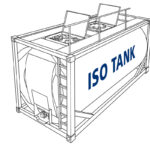
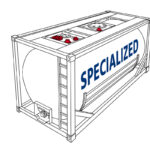

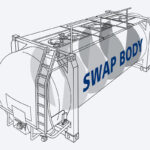
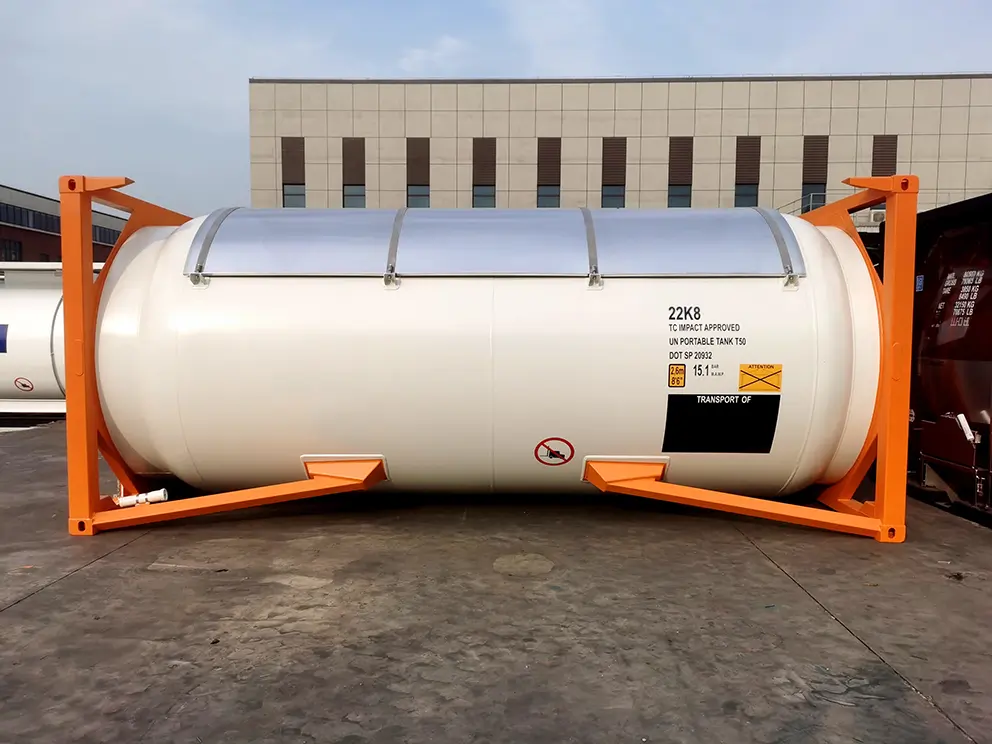
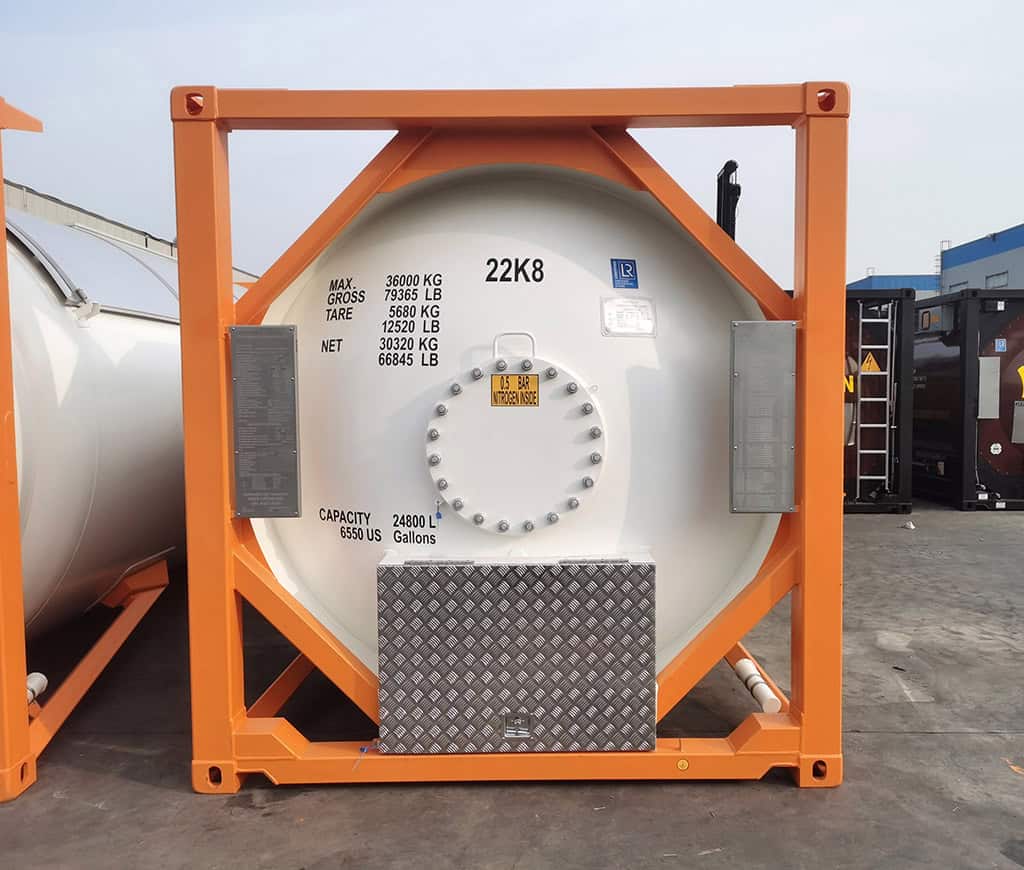
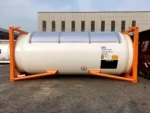
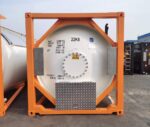

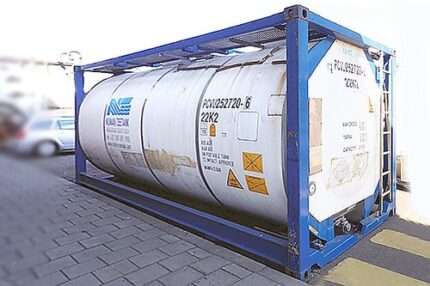
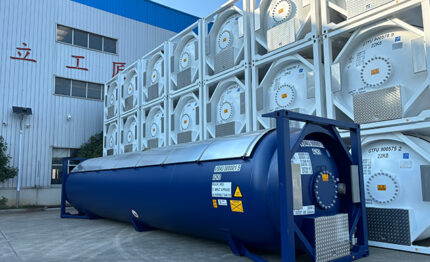
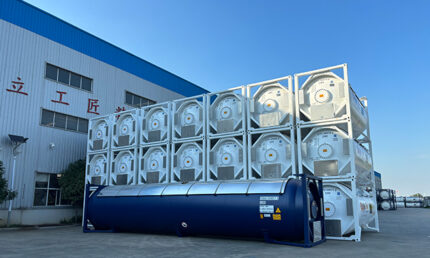
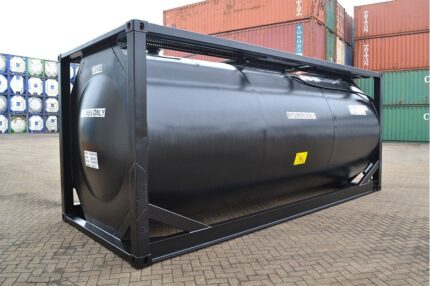

Reviews
There are no reviews yet.